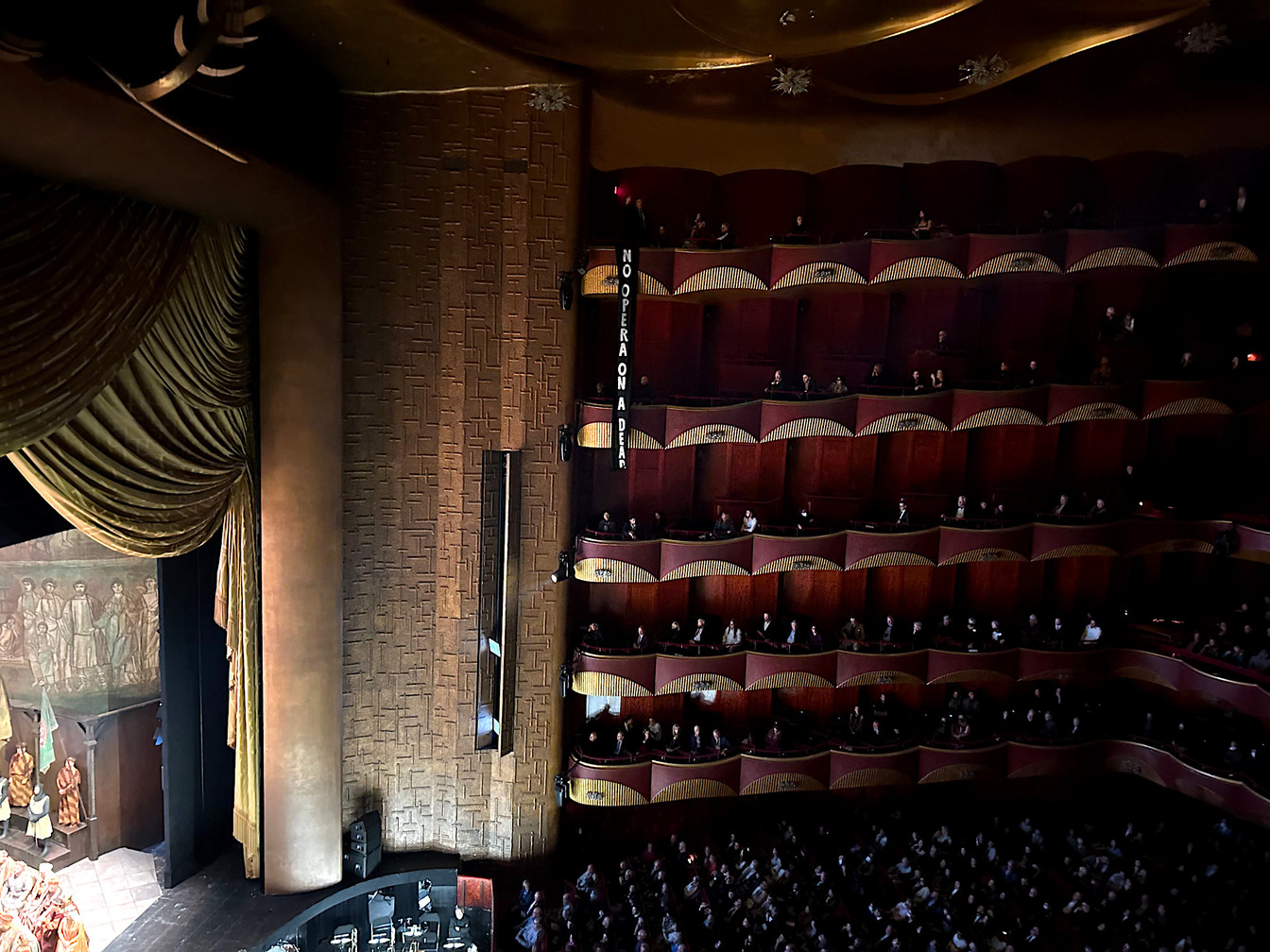More than 2,000 seal impressions have been recovered from the rare site of an archive building in southern Turkey’s ancient religious center of Doliche (Dülük Hill), which was dedicated to the Roman god of the sky and thunder, Jupiter Dolichenus.
The archive is estimated to have been in use from the mid-second to mid-third centuries A.D. The seal impressions were formed when pieces of clay were fastened to strings used to close legal documents and letters written on papyrus or parchment. A seal was then pressed into the clay to mark it with an image. “These seals display a wide array of images,” said Michael Blömer of the University of Münster. “Many of them show religious imagery like gods and goddesses…others show portraits and some also have inscriptions.” The archive is thought to have been destroyed by fire, perhaps when several cities in the region were burned by the Persian king Šāpūr I. Blömer suggests that the excavation of the archive building could shed new light on this type of public architecture.
The ancient city of Doliche, now Dülük in modern-day Turkey, have uncovered a large collection of 1,800-year-old clay seals called bullae, which date to the period when the city was part of the Roman province of Syria. Many of the bullae appear to have been used for official government business and show various deities, including depictions of Roman emperors shaking hands with Jupiter Dolichenus, a thunder and war god indigenous to the area, whose cult spread across the Roman Empire in the second and third centuries A.D. “It is one of the great enigmas in the history of Roman religion that the main local god from a second-tier city of the north Syrian hinterland developed into one of the best attended cults of the empire,” says Michael Blömer, codirector of the University of Münster excavations. According to Blömer, “In one seal, the emperor is actually shown worshipping Jupiter Dolichenus. This close bond between a local deity and the emperor is a very peculiar motif and points to a special connection between Doliche and the imperial center.” This connection may partly explain how the god became so popular.







